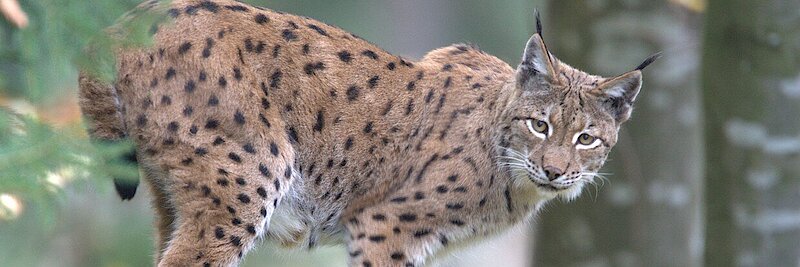Germany
Natural mixed deciduous forest in Germany

Protected land
200,718 m²
Climate protection factor
(in kg CO2 / m² / 50 years)
4,014
Status
saved
Ziel
2025
Natural mixed deciduous forest in Germany

Protecting old forests in Germany
Naturefund, together with the Federal Agency for Nature Conservation and the Natural Foundation David, bought an old beech forest on the Hohe Schrecke ridge in Thuringia and permanently protected it for nature.Hardly anyone knows that one of the most threatened primeval forest types is not in the southern hemisphere of the earth, but right on our doorstep. It is the beech forests, of which there are hardly any.Germany is the heartland of European beech. By nature, about 66 percent of the Federal Republic would be covered with beech forests. There are no more major beech forests here, but there are still very few remnants of old beech forests that give us an idea of what a primeval forest might look like. Such a forest is on the Hohen Schrecke, an offset of the Harz.7,300 hectares of uncultivated forest in Germany
The forest area on the Hohe Schrecke, with an area of 7,300 hectares, is one of the few large, undivided forest areas in Germany that has only been used for forestry since the Middle Ages and has never been fully lumbered.A deciduous forest was preserved, to which the experts certify nearness to a primeval forest. Ancient, gnarled tree giants rise mysteriously. Lynx, wild cat and red deer find here a habitat. Naturefund has bought over 80 hectares of forest and open hill country for nature and has thus permanently protected it.Calculation of Central European beech forest: 1 tree on 10 m² stores a total of 200 kg of CO2. All projects

Protected land
200,718 m²
Climate protection factor
(in kg CO2 / m² / 50 years)
4,014
Status
saved